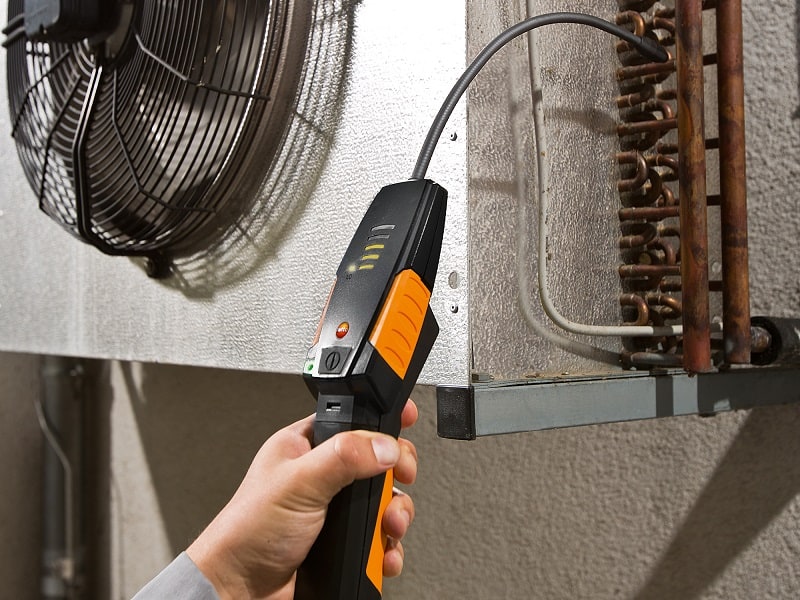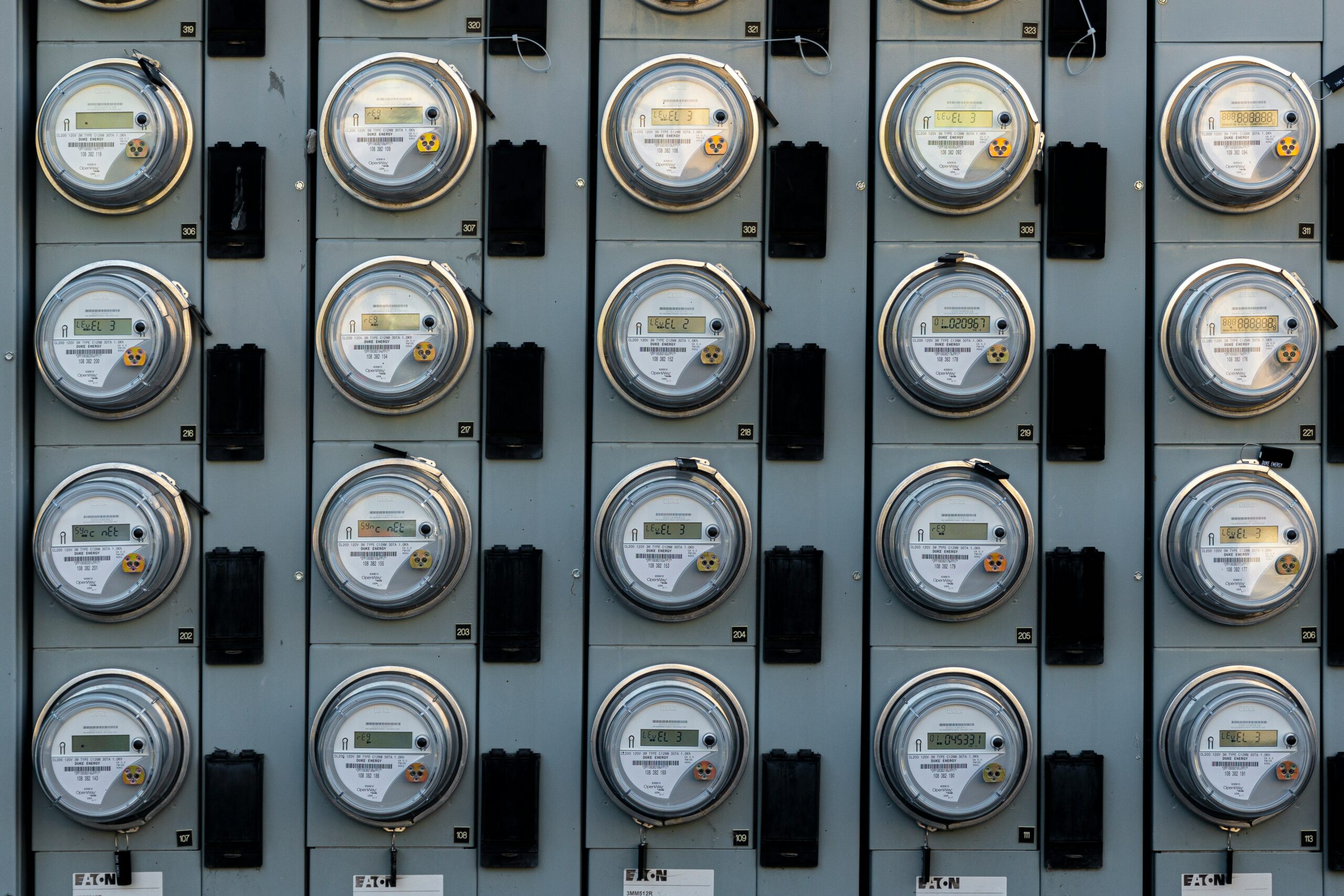
Trakref
The Great Refrigerant Leak Conundrum: AI & IOT

We began to focus solely on refrigerant leak tracking in 2014. The Internet of Things (IoT) was an existing trend that was supposed to help track refrigerant leaks and wind down 50 years of uncontrolled leaks. There were 15 BILLION IoT devices in 2015 and today there’s nearly 27 billion devices. Leak rates still continue to average 25%, though, which doesn’t help with environmental sustainability and corporate sustainability initiatives. We’re not decreasing our environmental footprint, and more connectivity has not yielded better results. Why?
Chapter 1 – “If you learn from defeat, then you haven’t really lost”
Trakref was created as a new, completely prebuilt compliance tool that gave clients the option to opt in/out of the high integrity process of blockchain certification. We use dropdown menus (revolutionary, right?) populated with equipment names, types, classes and categories that has enough variety to avoid free text uncertainty. But it didn’t work.
The data inputted was awful. It lacked fully defined model/serial numbers and over 80% of it was so incomplete that any compliance audit would fail. Duplicates, mistyped information and, if it came from a CMMS or EAM maintenance product, systems that weren’t really there just because the system couldn’t be found. Very few had a process and fewer had a coordinated goal for managing assets.
Even those that had a tag and label program lacked the process of aligning the needs of the operations, finance and compliance to the information captured and assigned to the tag
The lack of uniformity and need for standardization was blinding. Imagine a machine out in the elements recorded four different ways by four different technicians. 16 different entries for the same machine to decode. Most other systems don’t care what you put in and are focused on the invoice to make decisions (yikes).
Chapter 2 – “We’ve Put the Wrong emPHAsis on the Wrong sylLAble”
We wanted to know why the data was bad and whether or not any of our clients were investing in ioT. If they were investing in monitoring devices, they would have better access to name plate data or details about each system… Hope was in the air!
Struck out again 😔 Most of these companies had invested in expensive asset tracking and devices to tell them what was happening, BUT the issues were the same:
✔ unknown serial/model number – 87% inaccurate
✔ wrong equipment names and details – 55% inaccurate
✔ inaccurate category and type – 35% inaccurate
That years old curiosity still exists and Trakref constantly checks to see if clients with IoT have a lower leak than clients without, and the answer is a resounding NO!
Take this real world example a service manager told us: IoT devices like ALDS leak detectors only detected less than 15%. That’s 1/7 of all leaks and can cost $25,000 to put in one of these devices! HVAC/R service people DON’T rely on any devices, they don’t trust nameplates and access to the data is limited to just the owner.
Chapter 3 – Data, Devices and Investment are Worthless without the Knowledge, Resources and Facts
The average IoT device has a projected 7 year ROI, longer than many are comfortable with. Avoiding this and focusing on the critical knowledge segment of the business while waiting for the cost to be affordable enough to get say a 3 year ROI is normal. The manpower or knowledge base to benefit from the investment doesn’t exist, so reading the results, studying each situation and then deploying solutions is common. So is wrong nameplates and leaders knowing better than the digital records.
Sound close to home? It’s the Director of Energy from a recent client site visit. With over 100 buildings, IoT leak detectors (ALDS) and one of the lowest leaks of any client group we support (well under the EPA threshold), this performance was achieved by having a vision, setting a goal and inspiring a sense of authority and expectation in his team and their service providers.
The capabilities of IoT are astounding, but getting there will require linking fact-based data with relational knowledge gained from service in a structured, process and visionary way. Maybe leaks are averaging 25% across the US, but in this one corner of the world, they are low, manageable and improving.
There’s few aspirations here aside from EPA emissions targets, but that’s where private environmental governance steps up.
What is PEG?
(Private Environmental Governance) – alleviates the government and taxpayers of the immediate burden of coming up with initiatives for these projects
You need a personalized approach with recognition for achievements no matter how small. PEG allows you to make your own rules without having to wait for the government to do anything!
Think ISO standards, LEED certifications and the Dow Jones Sustainability Index. Completely voluntary yet big name profitable companies are following them. Wondering how this would benefit you?
And if you’re looking for a partner in refrigerant tracking compliance and sustainability, turn to Trakref. We’re a software corporation that has been in the regulatory compliance software and environmental compliance calendar software space for years. As an environmental software provider, we make sure our refrigerant capabilities will help you in your journey towards sustainability, as well as helping you with ESG reporting and answering sustainability audit questions.



